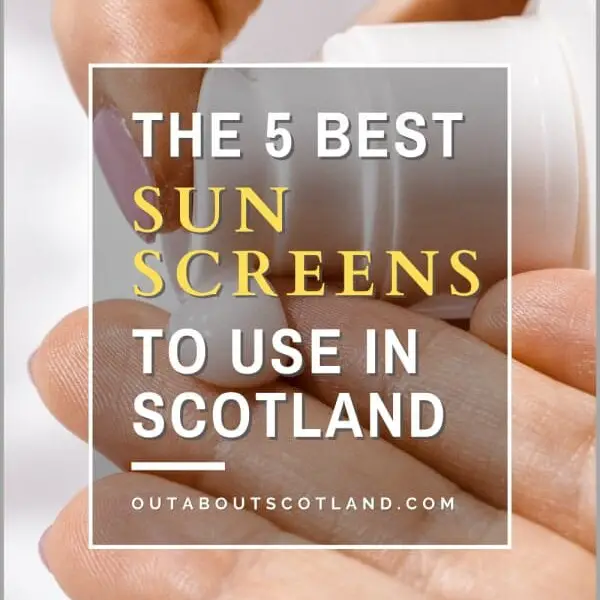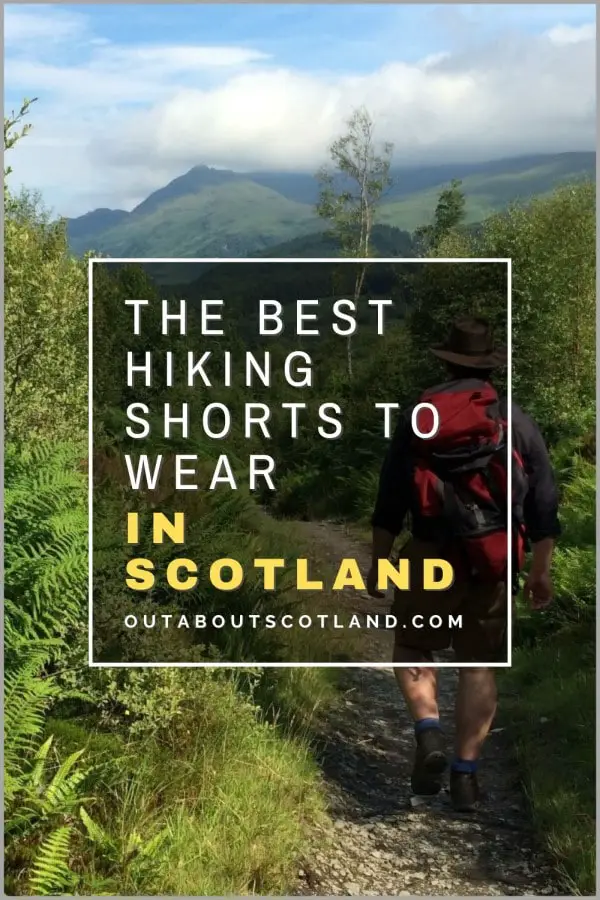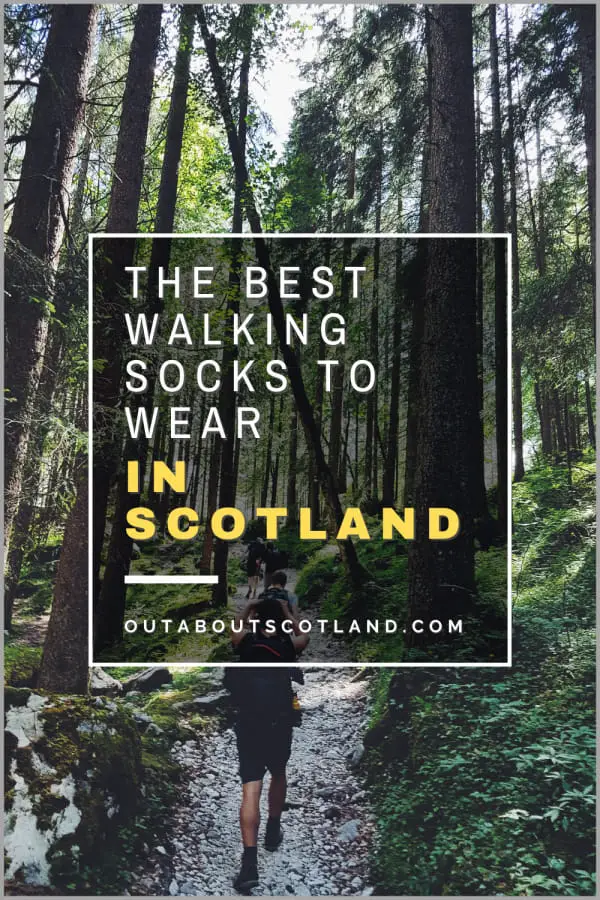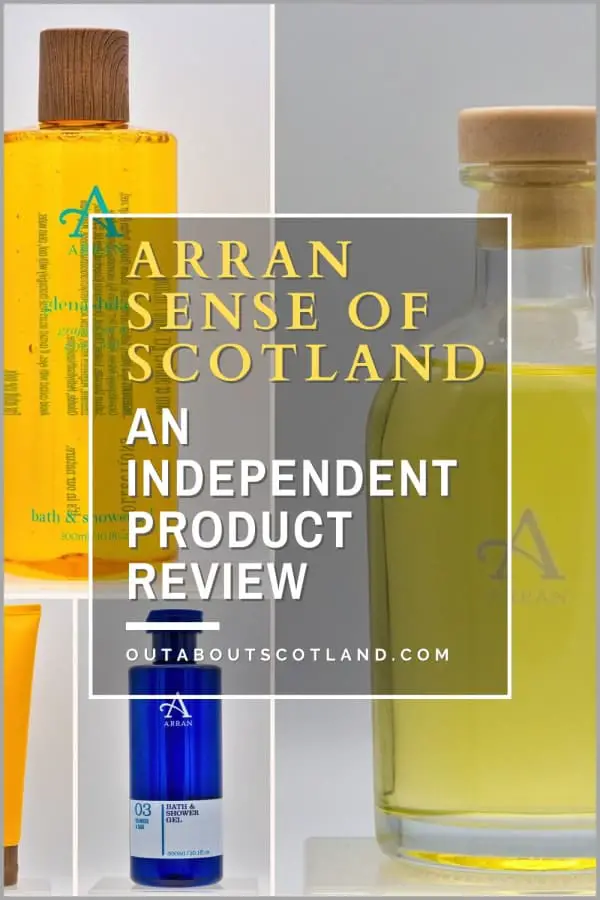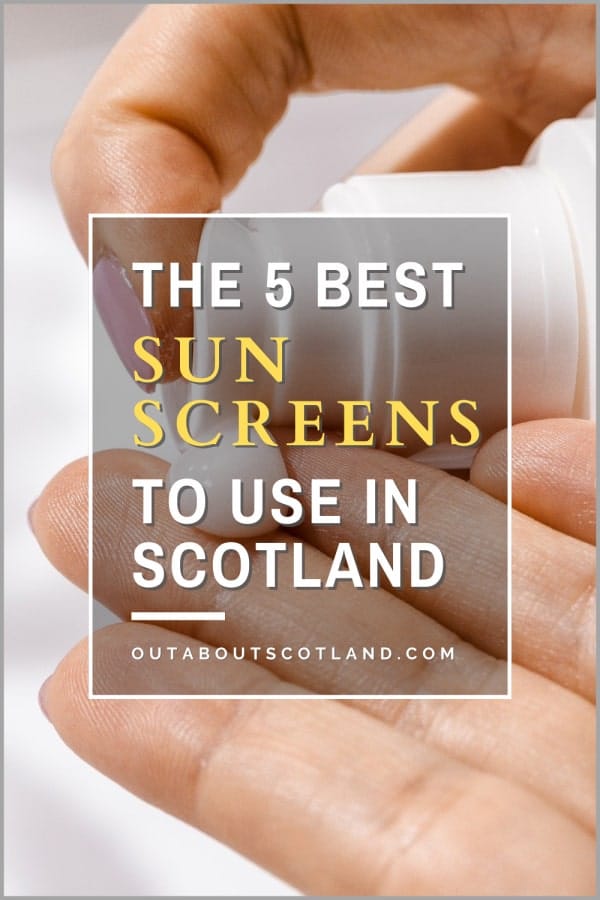Scotland isn’t exactly world-renowned as a tourist destination where you need sunscreen, but as a resident of the country, I can assure you that it’s an absolute necessity if you’re coming to visit us in the summer months.
Due to Scotland’s high latitude, we enjoy long summer days (1-3 hours longer than London), so your skin will be exposed to more harmful UV rays than you might expect. This is especially true in hotspots like the Isle of Tiree which bathes in over 1,500 hours of sunshine annually. Coupled with a thinning ozone layer, the risks of skin cancer in Scotland are too serious to be ignored.
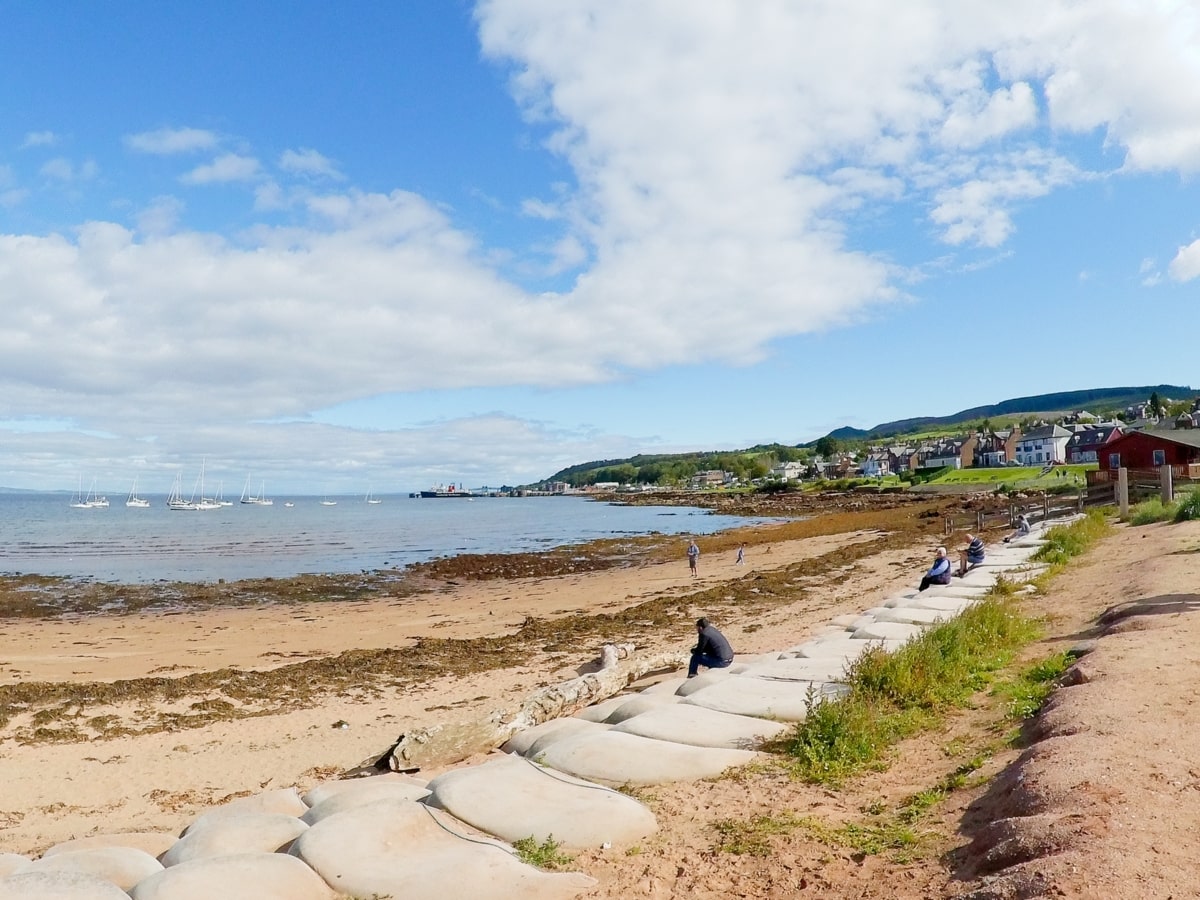
However, it’s a simple task to protect yourself and your family from the ravages of sun exposure by following a few common-sense rules, the most important of which is to use good-quality sunscreen. Discover a collection of the best sunscreens to use in Scotland in this article, which all offer superb protection against UV, as well as help to moisturise skin and offer protection against visible skin ageing.
In a hurry? If you don’t have time to read the reviews, follow the link below to purchase my #1 recommended sunscreen on Amazon.
Recommended product for preventing sunburn: Neutrogena Clear Skin Spectrum SPF 50
What are the effects of too much sun exposure?
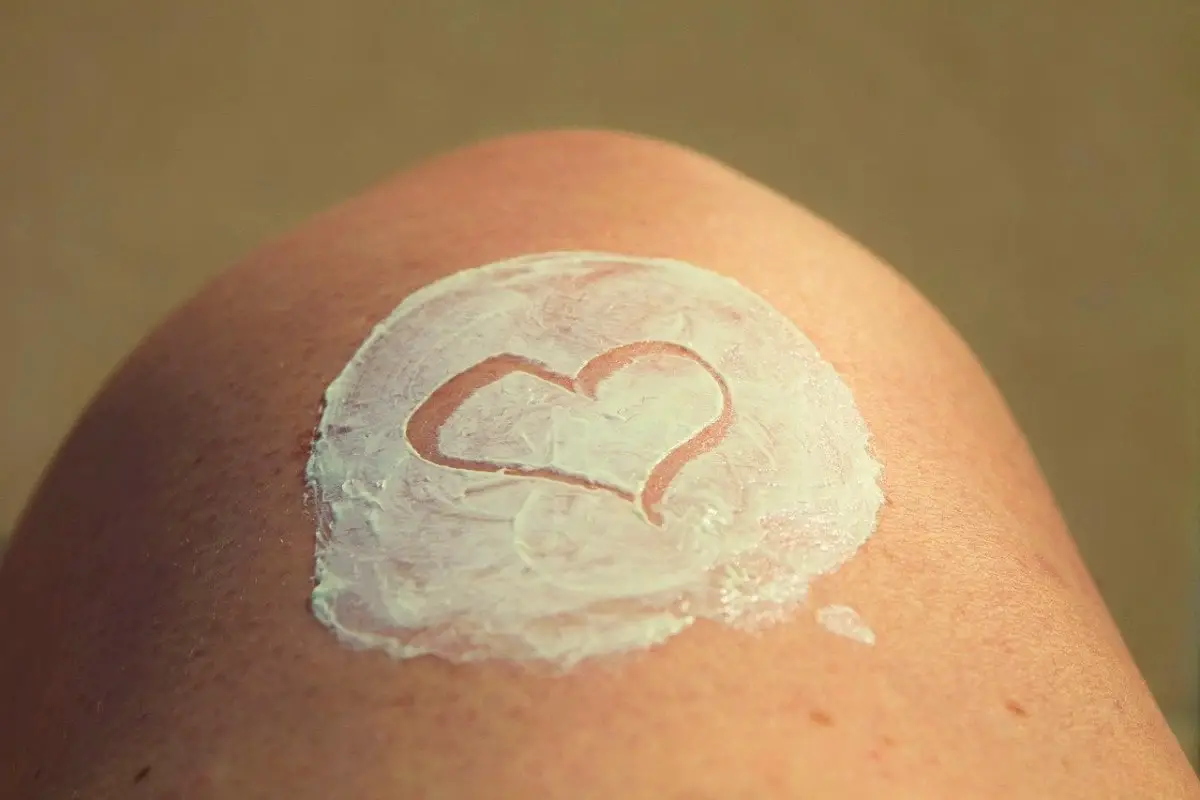
If you’re rubbing your eyes in disbelief that an article exists to advise using sunscreen in Scotland, let me fill you in on a few facts about the amount of sunshine we get in this country. According to the Met Office website, in Edinburgh, you can expect an average of 170 hours of sunshine per month from May to July and around 160 hours per month in Inverness, with average temperatures sitting at 20 °C in the capital and 17 °C in the Highlands.
This rises drastically in some parts of the country such as the Isle of Tiree (AKA the ‘Hawaii of the North’) which averages 239 hours of sunshine each month in summer, and the city of Dundee (AKA ‘Sunny Dunny’) which enjoys 242 hours of sunshine. Nothing that’s going to give Australia a run for its money admittedly, but more than enough to cause serious sunburn if you don’t protect yourself.
I write this in September having returned from a beach holiday in Morar which had sun-filled skies every day, and it seems to me we’re getting more and more of these prolonged sunny spells with each passing year. That might seem great for sunbathers, but what effect does prolonged sun exposure have on our skin?
We all know the sun radiates UV (ultraviolet) rays that can both help and harm us, but there are actually three different types: UVA, UVB and UVC.
UVA is the most common source of UV rays, and it’sso the weakest. A small amount of these rays isactually beneficial to us as they help the body produce vitamin D, which absorbs calcium, which in turn builds and maintains healthy bones. The body also creates melatonin when exposed to UVA, which changes skin colour into the lovely bronze that sunbathers crave. The downside is that it also leads to premature skin ageing.
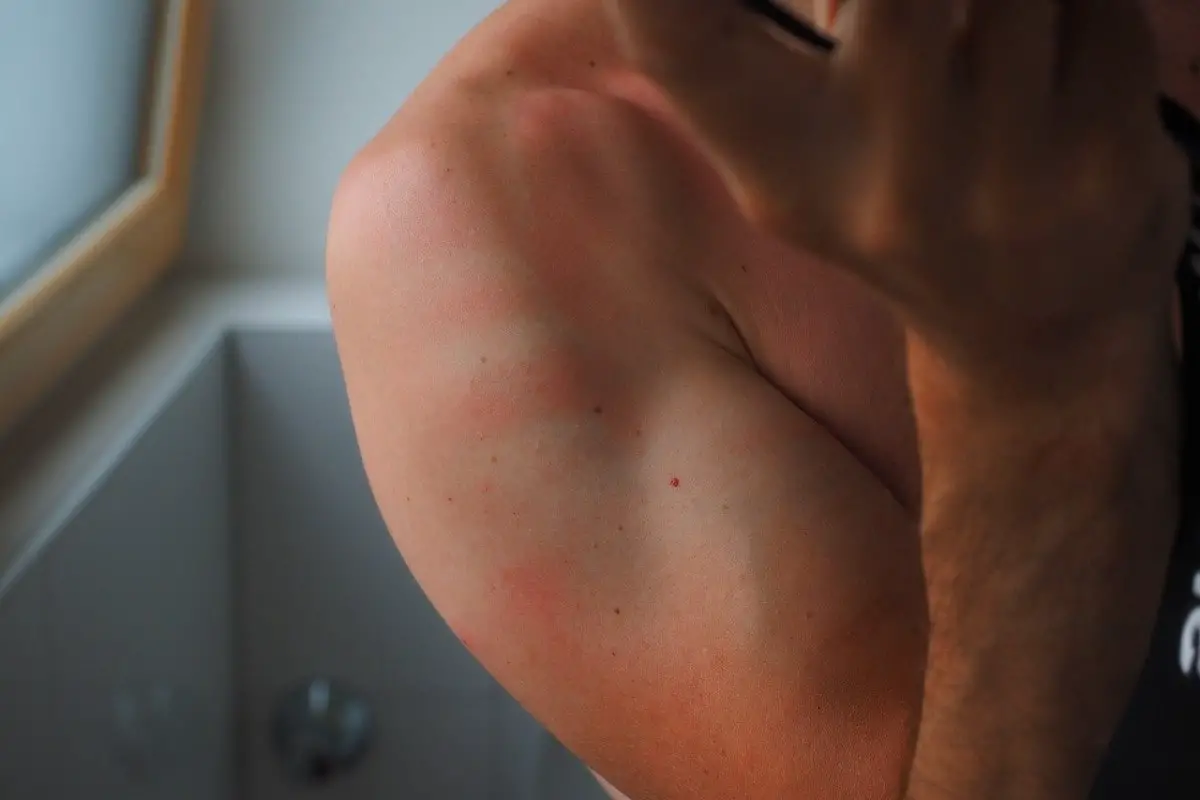
UVB rays are more intense but comprise less of the rays that hit us thanks to the earth’s atmospheric layers, which (mostly) block them. It’s these rays that cause sunburn, and most sunscreen products display information on their packaging about how much protection they offer against UVB.
UVC rays are the most dangerous of the three, but they are almost entirely blocked by the ozone layer which is why it’s so important to prevent further damage to it from harmful CFC’s.
When you sunbathe for too long, UVB rays penetrate through the upper layer of skin (the epidermis) into the inner layers (the dermis), where the skin’s most sensitive nerves are located. When the inner layers are damaged, we see redness in the skin due to increased blood flow as the body tries to cool the area down, and we feel pain where the skin cells are damaged.
Mild sunburn can be dealt with by moving indoors and applying an aftersun product like Nivea After Sun Moisturiser (Amazon link), but prolonged exposure can lead to permanent tissue damage and, in the worst cases, skin cancer.
Best Sunscreens to Use in Scotland
The effects of sunburn are pretty horrible, right? So what can we do to protect ourselves? Other than drastically cutting down the amount of time spent outside (and who wants to do that on a sunny day?) One thing we can do to protect our skin is apply a lotion that blocks UV rays from penetrating past the epidermis.
I’m sure you’ve already used sunscreen, but it’s important to know which types are available. Although not widely advertised, there are basically two types, but they both do the same job. The first contains mineral ingredients that block and scatter the sun’s rays, and the second contains chemicals thatabsorb UV rays.
The most important feature to understand of either type is the SPF, or sun protection factor. This number is prominently displayed on all bottles of sunscreen, and it indicates how long it would take for skin to redden without applying it compared to how long it would take to redden when sunscreen is used.
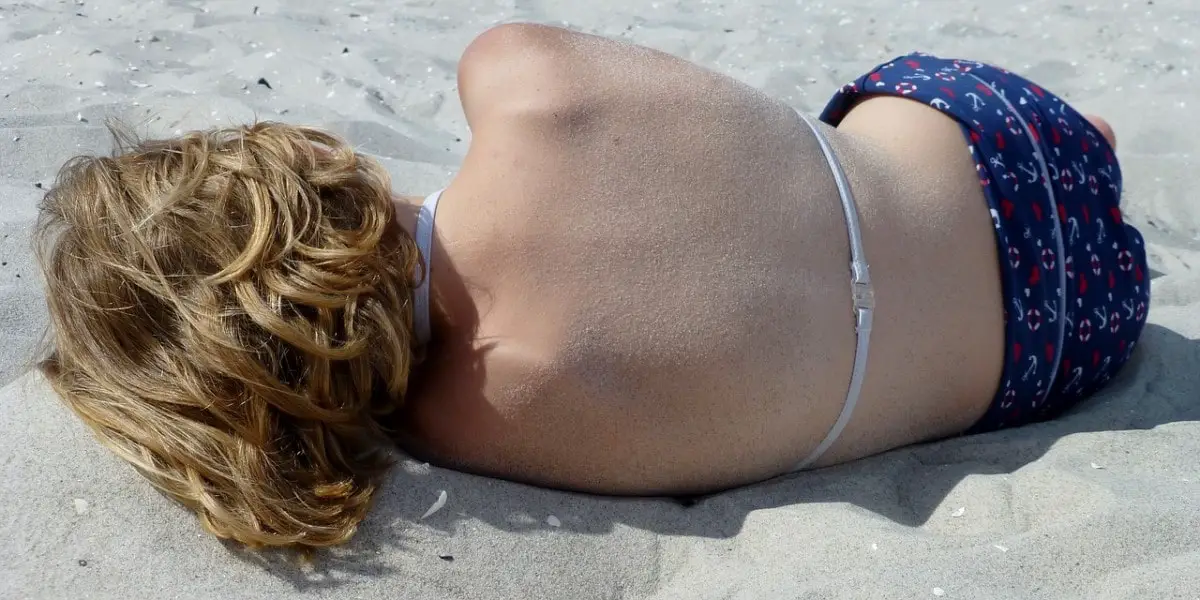
So it makes sense to use a lotion with a high SPF, but there are a few other points to bear in mind when choosing and using sunscreen:
- If you’re prone to acne it’s advisable to use a non-greasy sunscreen.
- If it’s not water-resistant then the sunscreen must be re-applied after you’ve been for a swim.
- To protect against skin ageing you should use sunscreen that is labelled as broad-spectrum which blocks both UVA and UVB rays.
- If you intend to spend a lot of time outdoors – even on a cloudy day – you should use sunscreen with an SPF rating of at least 30+.
This last point is important because 80% of the sun’s rays can penetrate clouds so it’s still possible to get sunburn when it’s overcast. For the highest levels of protection, you should consider using the highest SPF rating available for any brand, which is generally SPF 50.
All the sunscreen recommendations below are SPF 50, are highly rated by user reviews on Amazon, and have been chosen for specific benefits, whether they’re non-greasy and ideal to use on your face or water-resistant, so you don’t have to re-apply them after a dip.
To make the best use of the following sunscreens you can combine them, so apply a non-greasy variant to your face and standard sunscreen for your body, or a water-resistant option if you intend to swim. And please note that while the recommendations below are for for SPF 50, most of these manufacturers also sell SPF 30 and SPF 15,n most cases are available as options on the Amazon product page.
Top 7 Recommended Sunscreens
Neutrogena Clear Skin SPF50
Best Face Sunscreen
In my opinion, Neutrogena Clean Skin SPF 55 is one of the best sunscreens for your face for a couple of reasons. First, I use it myself and have done so for years, so I know how good it is. And second, obviously, I’m not the only person who likes this sunscreen, as it’s one of the highest-rated on Amazon.
So why choose it above the others? Well, if you’re like me and have oily skin you’ll know that applying ordinary sunscreen inevitably leads to spots, which can make you not apply it even though you know you should.
Not so with this product. It has been designed specifically to apply to your face, so in addition to its very high SPF 55 rating, it’s light and non-greasy and doesn’t cause spots at all (in my experience, at least). It also has no smell, rubs in easily, is broad-spectrum, so it protects against UVA and UVB, and lasts for ages.
I know that some skincare websites say to re-apply sunscreen every two hours but I leave this stuff on for most of the day and it still seems to work, although I do put a new layer on whenever I wash my face even though it’s labelled as being water-resistant.
In my opinion, though, the biggest pro is that whopping SPF 55 rating, which is one of the highest I’ve found in a sunscreen. Other than your hands, your face is the one part of your body that is constantly exposed to the sun’s rays when you’re outside, and having seen the symptoms of facial skin cancer in a family member, it’s something I’m very much aware of.
It’s a wee bit pricey for a small bottle, but you don’t need to use much of it to coat your face and that price is insignificant if it helps to reduce the risk of skin cancer.
- Neutrogena Clear Face Liquid Lotion Sunscreen for Acne-Prone Skin, Broad Spectrum SPF 50 UVA/UVB Protection, Fragrance & Oxybenzone Free Facial, Non-Comedogenic, Unscented, 3 Fl Oz
- Product type: SUNSCREEN
- Brand: Neutrogena
- Size: 88 ml Pack of 1
Nivea Protect & Moisture SPF 50
Best Body Sunscreen
I use the Neutrogena face sunscreen above all year, but when the weather in Scotland improves from late spring to early autumn I also make sure there’s a bottle of Nivea Protect & Moisture SPF 50 in my backpack.
The Highlands of Scotland are great for hiking but as soon as the sun comes out it’s inevitable you’ll have to remove a few layers as you puff your way up all those hills, which means there’s more skin exposed to the sun.
Like most top-brand sunscreens, this one is a cream which rubs in very easily and doesn’t leave that horrible white smear on your skin that cheaper brands do.
It’s also water-resistant, offers UVA and UVB protection, and comes in a sturdy bottle that I’ve no hesitation in throwing in the bottom of my backpack – something to bear in mind if you’ve ever opened your bag to find a bottle of lotion has leaked all over your shiny new camera, as happened to me a couple of years ago 🙁
Although it’s not the main selling point, Nivea sunscreen does a great job of moisturizing skin (for up to 48 hours according to the bottle) and it also washes off easily. It’s even cheap to buy, and if you manage to get a deal on Amazon you can pick up a 200ml bottle for less than half the price of competing brands.
I know I should list a product’s negatives for an unbiased review, but to be honest, I really can’t find any.
Altruist. Dermatologist Sunscreen Spf 50
Highest-Rated Sunscreen on Amazon
Full disclosure with this product – I only recently purchased a tube of this and used it twice as of writing this article, so I’m mostly basing its position in this list on the number of positive Amazon reviews it has. As of 2023, this product has nearly 9,000 reviews at 4.5/5, which makes it one of the highest-rated sunscreens you can buy on Amazon. Altruist Dermatologist Sunscreen has two main selling points (other than its crazy-high Amazon user rating).
The first is that it has been created by a dermatologist so it features everything you need to protect your skin from UV damage including SPF 54, UVA and UVB protection, water resistance, it’s fragrance-free, and it’s tested as safe for skin allergies. Second, Altruist gives 10p from the sale of every tube to a charity that helps children with albinism in Tanzania who have a 100% risk of developing sun-related skin damage by the age of ten.
If that wasn’t enough to convince you, the price is very good for a premium sunscreen at less than a tenner for two 100ml tubes.
From my experience, I have to say Altruist Dermatologist Sunscreen seems great. It’s very light when applied, not at all oily, and absorbs into the skin remarkably well. I used it on a sunny beach day on the Isle of Tiree and had absolutely zero signs of sunburn afterwards, so I guess it did its job.
But… I had a thorough look at the Amazon user reviews before writing this text and while the majority are overwhelmingly positive, it looks like some unscrupulous stores are selling a fake version, so I recommend ordering it on Amazon Prime and making use of their free returns policy if the tube has a sticker that states ‘not for sale’ under the barcode.
Sign up for a 30-day free trial of Amazon Prime here.
- DERMATOLOGIST RECOMMENDED SUN PROTECTION. Use the same sunscreen as dermatologists! Fast absorption, non-sticky - feels like a moisturiser.
- CREATED BY UK DERMATOLOGIST DR ANDREW BIRNIE. Formulated in Germany. For sensitive skin; fragrance free with a low risk of allergy. Suitable for daily use on face, body and children. Water resistant.
- HIGH QUALITY BROAD SPECTRUM PROTECTION with 5 star Ultra UVA rating (PPD: 52). Altruist suncreams have a broad range of photos table UV filters.
- PREMIUM PRODUCT, LOW PRICE. For the price listed you receive two tubes. Our mission is to reduce the incidence of skin cancer
- ALTRUIST SUPPORTS PEOPLE WITH ALBINISM IN AFRICA - 10p from every Altruist product sold is donated to charities supporting people with albinism. In 2019 Altruist donated £65,000 worth of sunscreen to people with albinism in Africa.
Garnier Ambre Solaire Kids Sensitive Sun Protection Lotion Spf 50+
Best Sunscreen for Children
The one situation where you absolutely cannot afford to try budget or unknown brands is sunscreen for children. Children, especially toddlers, have skin that’s much more sensitive than adults which is why as a family we choose to play it safe and use Garnier Ambre Solaire which is one of the biggest and best-known brands of skincare products on the market.
This cream is virtually free of odours and absorbs into the skin very quickly, although it is a wee bit greasy (but let’s be honest, kids aren’t going to give a hoot about that). The main selling point is that it’s a great option for children with sensitive skin (eczema for example) and it comes in a variety of dispensing options. We’ve found the trigger spray version is best, but it also comes in a squirty bottle that’s easier to carry around.
It’s mild enough to be used on the face as well as the body, and it’s rated to protect young skin from harmful UVA and UVB rays. Plus, it’s recognised by the British Skin Foundation and is approved as animal cruelty-free.
Parents should be aware that Garnier Ambre Solaire Kids Sensitive sunscreen is three-star UVA rated and it’s possible to get four and five star rated sunscreen from other brands which might be more suited to parents with very young children. However, we’ve never had any problems using it and there has been no sunburn to date.
Garnier also has a non-hypoallergenic version that might be preferable if your kids don’t have sensitive skin, which you can purchase by following this link to the Garnier Kids Sunscreen Amazon page.
- VERY HIGH PROTECTION: Ambre Solaire Kids Sensitive Advanced Sun Protection Lotion SPF50+ is perfect for children's sensitive skin offers a maximum 5* star UVA protection
- VERY WATER RESISTANT: This non-sticky and very water resistant formula is perfect for children's sensitive skin
- SAND RESISTANT: The moisturising formula does not stick to sand and helps prevent dryness due to salt and chlorine
- HYPOALLERGENIC: Tested under paediatric control and hypoallergenic to minimise allergy risk
- Please check PAO (Period After Opening) symbol which denotes the product expiry time, post opening the pack
- LEAPING BUNNY APPROVED: Approved as cruelty free under the Leaping Bunny Programme
Riemann P20 Sunscreen SPF50
Best Waterproof Sunscreen
Let me start by saying I highly rate this product, but it comes at a bit of a steep price. Unlike the other sunscreens on this list, Reimann P20 is usually around £20 on the high street and £15 from Amazon for a 200-ml bottle, which is two to three times more than you can get the equally well-reviewed Nivea Moisturise and Protect listed above.
That being said, it’s remarkable stuff as it offers up to ten hours of protection from a single application, plus it’s the best option we’ve found that keeps its sun protection while swimming. In fact, I’ve still not found a sunscreen that works as well in the water as Reimann P20 does, and having taken it to Majorca a couple of years ago I’m happy to confirm it lives up to its stated ’80 minutes in the water’ claim.
Now, whether you’re going to swim outdoors in Scotland for that amount of time is debatable, but you never know. What I can say, is we used it multiple times during our overseas trip and found it very easy to apply, left no white smears, wasn’t smelly, and a small amount went a long way.
The two small negatives I have are the manufacturer’s claim that it’s an all-day sunscreen which could lead people to apply it and then think they don’t need another application after swimming and towelling off. It’s also a bit greasy, so if you don’t like oily skin this isn’t the product for you, but then I guess that’s the price you have to pay for it being so effective in the water.
- once a day sun protection
- 10 hours protection from one application
- very water resistant
- easy to apply, non greasy, no white marks
- active 15 minutes after application
Daylong Extreme Spf 50+
Best Sunscreen for Rosacea
Rosacea is a common skin condition whereby flushed blood vessels in the face cause a red blotchiness. The condition also produces small pus-filled lumps that look similar to acne.
People with all skin tones can be affected by rosacea but it’s more visible on white skin where it initially looks like a persistent blushing. However, over time the condition causes lasting effects such as a thickening of the skin on the nose, visible veins on the face, and swollen eyes and eyelids.
While rosacea can affect anyone of any age it’s most prevalent in middle-aged white women and there is currently no cure. Exposing skin to direct sunlight often triggers flare-ups of rosacea so it’s obviously important to take extra precautions by only using sunscreens that contain no fragrances or nasty chemicals that can make rosacea worse – namely oxybenzone, octinoxate and octisalate.
One sunscreen that has been actively tested on people with rosacea-prone skin is Daylong Extreme which has a high SPF 50 rating and includes aloe vera to keep skin supple. If you’re not sure about the best sunscreen to use you may find your GP has some good advice but you’ll also find information on the National Rosacea Society website and the NHS website.
- Sun protection lotion
- For sensitive skin
- Freverk uflich
- PZN: 09431339
Black Girl Sunscreen Spf 30
Best Sunscreen for Dark Skin
Darker skin has a certain degree of built-in protection thanks to having more melanin than white skin, but that doesn’t mean it’s impervious to the harmful UV rays that can cause skin cancer. There’s also the issue of liberally applying a white cream onto black skin and leaving behind an unsightly white cast if it doesn’t absorb very well.
As this isn’t something I have to deal with myself I asked a couple of dark-skinned friends for their opinions and both instantly replied with their preference for Black Girl Sunscreen (Amazon link). Having looked online there appear to be some good reviews for this product but I can’t see any reason why it’s marketed for ‘girls’. Still, it’s what has been recommended to me so I’m including it in this article.
Must-Have Sun Protection Accessories
Jan & Jul children’s sun hat. These are great wee hats. They’re well-made, come in a wide range of sizes as well as lots of funky colours, and the price is reasonable.
Einskey wide-brim sun hat for adults. This is one of the highest-rated sun hats on Amazon. It’s very good quality, looks ok (teenagers will tell you differently), and does a superb job of keeping the sun out of your eyes and off your face. If you’re fed up with getting a peeling nose after a day outdoors, this is the hat for you.
Lifesystems midge net hat. If you’re looking for a wide-brim hat to keep the sun off your face but you’re also venturing into the Highlands in summer, you’ll fall in love with this hat which features an integrated mesh that keeps midges at bay. If you get any snarky comments from anyone while wearing it, don’t forget to give them a smile as you walk past them while they’re going crazy from scraping thousands of midges out of their hair.
Under Armour long sleeve base layer shirt. This is my secret weapon again midges and sunburn while hiking in Scotland. Not only is this top very lightweight and made from a breathable material, but it has long arms that can be rolled up whenever you need to cool down.
Conclusion
We all know the importance of using sunscreen to protect yourself and your children in hot countries, but it’s important to remember that you can suffer from sunburn even in ‘cold’ countries like Scotland where summer heatwaves are becoming more and more common.
It’s not just summer where you need to be mindful of the effects of UV either, as the rays can penetrate skin and cause damage just as easily on cloudy days. Exposed body parts should be protected with sunscreen as much as possible but special care should be given to the face which is always at risk of sunburn while outdoors.

For this reason, Neutrogena Clear Skin SPF 55 is highly recommended for anyone thinking about getting out and about in Scotland. It’s non-greasy, easy to apply, and a small amount offers a high level of protection. It’s also small enough to keep in your bag permanently, plus the price is great for the peace of mind it offers.
Note that all product reviews on this page are the opinion of Out About Scotland and your experience with these products may differ. The information contained in this article is provided for entertainment purposes only, and you are encouraged to seek expert medical advice for any issues regarding using sunscreen.
Frequently Asked Questions
How is sunscreen water resistance rated?
All sunscreens that are rated as water-resistant either have a rating of 40 or 80 minutes, which indicates how long it’s effective while swimming or sweating.
A label of ‘water resistant’ means the sunscreen is rated for 40 minutes, while ‘very water resistant’ means it’s rated for 80 minutes.
Which sunscreen application method is best?
Sunscreens are almost always contained in a plastic bottle, but the consistency and dispensing method can differ:
Lotion -Best used in large areas such as the back and torso.
Cream – Thicker than lotions so best used on the face.
Gel – Best used in hairy areas such as the chest or the scalp.
Stick – Designed for applying sunscreen to sensitive areas such as around the eyes.
Spray – Designed for general use, but excellent for dispensing on young children.
What is broad-spectrum sunscreen?
The sun emits three types of UV rays – UVA, UVB, and UVC, but it’s the first two that cause sunburn and skin ageing.
Traditional sunscreens only block UVA, but newer broad-spectrum sunscreens are designed to block both UVA and UVB rays.
What sunscreen SPF is best?
This is a personal choice, but experts recommend using a sunscreen with an SPF rating of at least 30. Sunscreens are usually rated at a maximum of SPF 55, after which they provide small increases in UV protection.
Whatever the rating, if sunscreen is applied and the individual swims, experiences excessive sweating, or wipes their skin, it is recommended to re-apply it every two hours.

